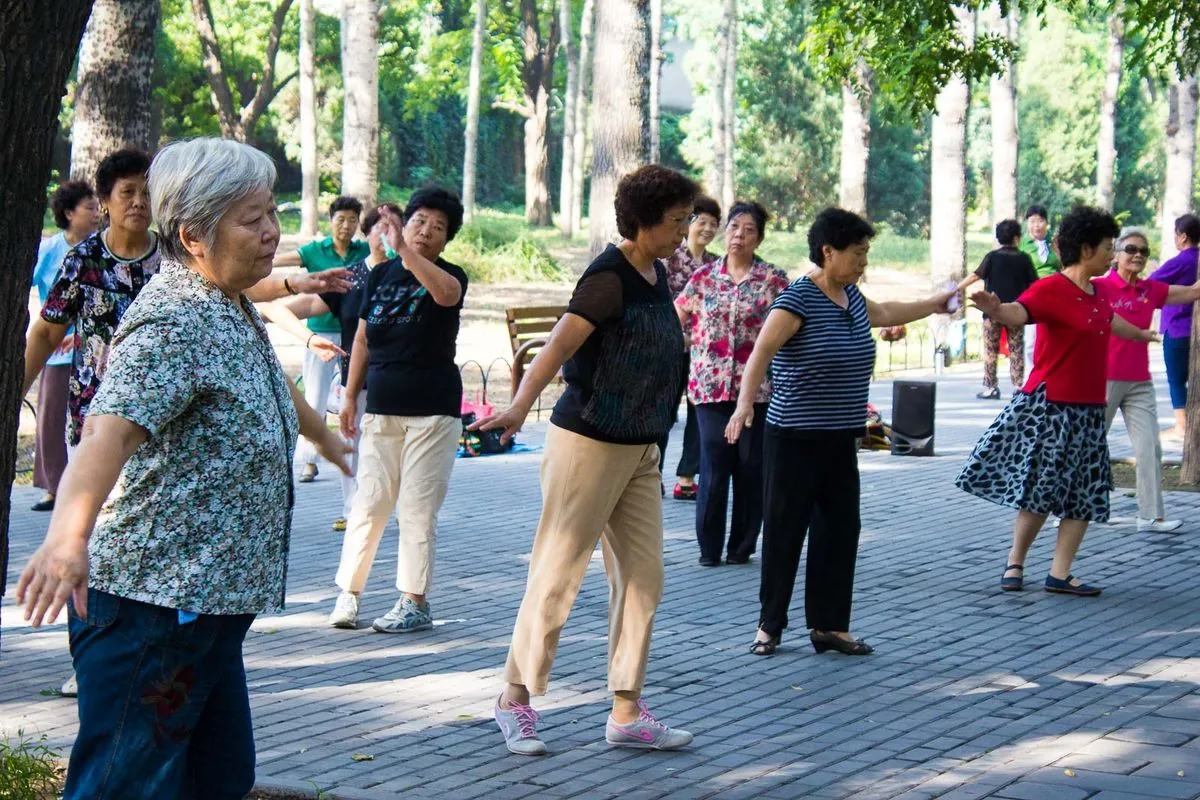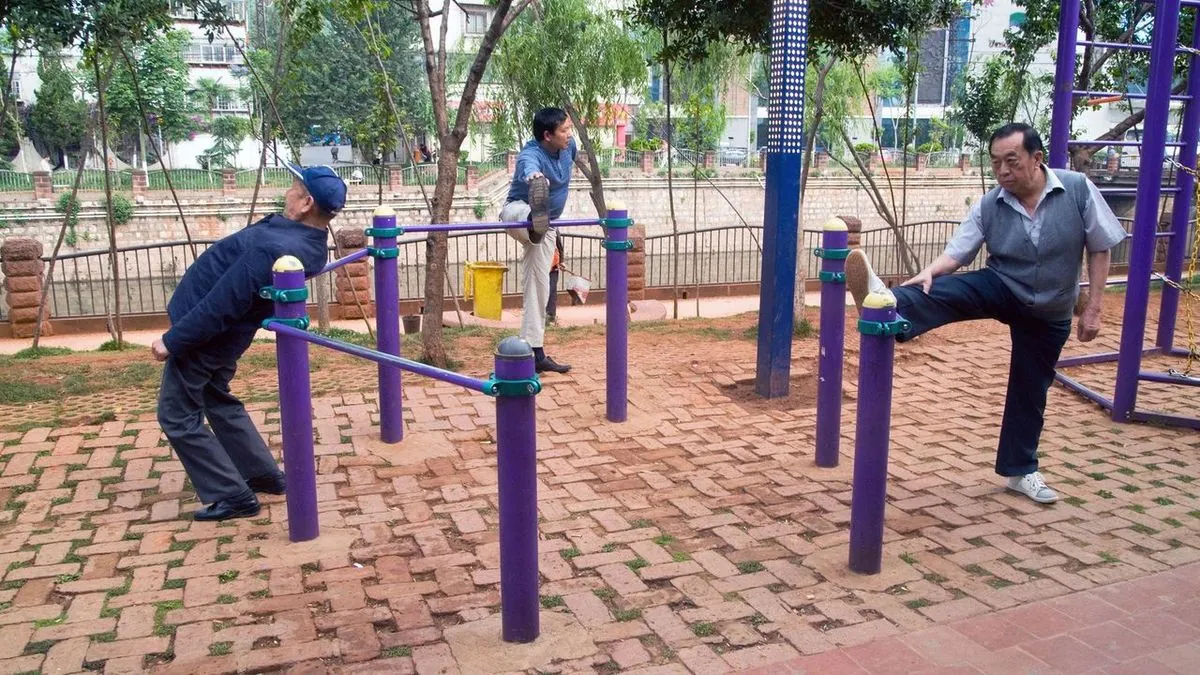China's Cautious Retirement Age Reform Faces Demographic and Economic Hurdles
China announces gradual increase in retirement ages, but the changes may be insufficient to address its rapidly aging population and economic challenges. The government faces a delicate balance between reform and public sentiment.

China has recently unveiled plans to incrementally raise its retirement ages over a 15-year period, marking the first such change since the 1950s. This move, while unprecedented, is viewed by many as inadequate to address the country's pressing demographic challenges.
Currently, China maintains some of the world's lowest retirement ages, with men retiring at 60, women in white-collar jobs at 55, and women in blue-collar positions at 50. The proposed changes aim to increase these ages to 63, 58, and 55, respectively, by 2040. However, these modest adjustments may fall short of addressing the nation's rapidly aging population.
China's demographic landscape is undergoing a significant transformation. By 2040, it's projected that 28% of the population will be over 60 years old. This aging trend, coupled with a declining birth rate, poses substantial challenges for the country's economic and social stability.
The government's cautious approach to retirement reform reflects the delicate balance it must strike between addressing demographic pressures and maintaining social harmony. Raising the retirement age is often an unpopular move, particularly in countries with a communist legacy where early retirement has been part of the social contract.

China's pension system faces significant hurdles. The urban worker pension fund is estimated to be depleted by 2035, based on a 2019 assessment. This financial strain is exacerbated by the country's economic challenges, including local government debt crises that have already led to benefit cuts for seniors in some areas.
The "inverted pyramid" demographic structure, where one child may be responsible for supporting four grandparents and two parents, puts immense pressure on the younger generation. This situation is compounded by China's historical one-child policy, which has accelerated the aging of the population.
"The urban worker pension fund will be out of money by 2035."
Despite efforts to encourage higher birth rates, China's population is already decreasing annually, and at a faster rate than anticipated. This decline, combined with the rapid aging of the population, creates a perfect storm for the country's pension system and overall economic stability.
The government's "common prosperity" economic policy, championed by President Xi Jinping, faces significant challenges in light of these demographic and economic pressures. Potential solutions, such as increasing immigration, are likely to face resistance due to prevailing ethnonationalist sentiments.
As China grapples with these complex issues, it's clear that more comprehensive reforms may be necessary to ensure the long-term sustainability of its retirement system and overall economic health. The coming years will be crucial in determining how the country navigates these demographic and economic hurdles.


































